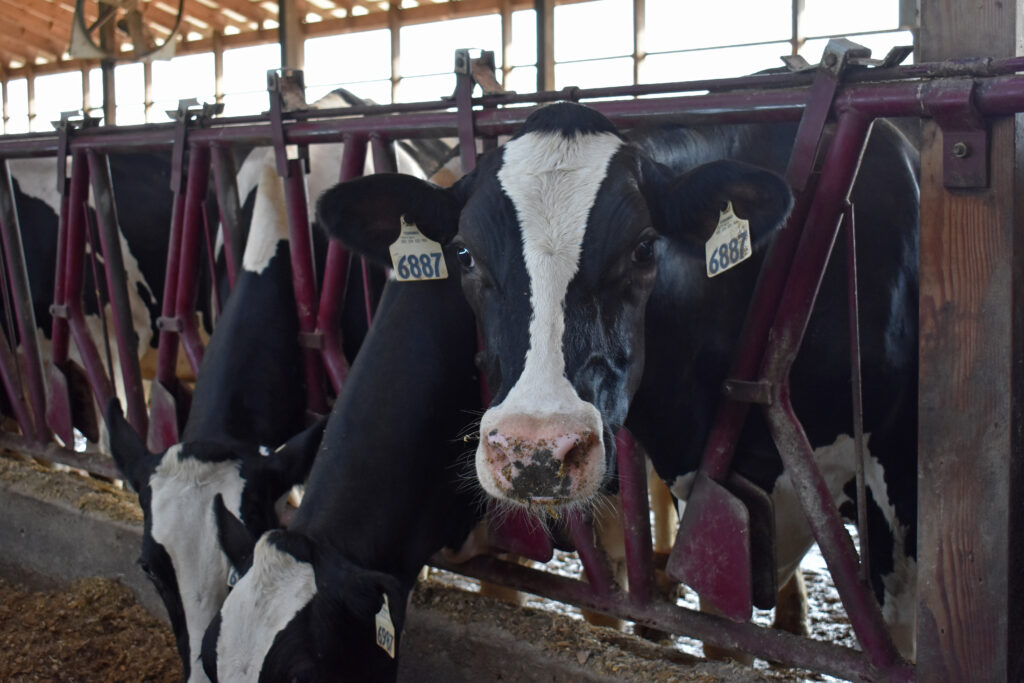
During the October Summit County Farm Bureau board meeting, board of trustee
member, Rodger Ramsthaler shared an article that he had copied from the Akron
Beacon Journal titled America’s dairy farms disappear. It reported a plethora of
information and statistics that were gathered by the University of Tennessee and
certainly gave pause for thought.
Across the country, the dairy industry is seeing the same trend: In 1970, more than
648,000 U.S. dairy farms milked cattle. By 2022, 24,470 dairy farms were in operation.
While the number of dairy farms has fallen, the average herd size – the number of cows
per farm – has been rising. Today, more than 60% of all milk production occurs on
farms with more than 2,500 cows. According to my math, that means less than 40% of
all milk production occurs on smaller, probably family farms.
The question for the decline in dairy farms was addressed, pointing to pricing as
possibly the problem. From 2005 to 2020, milk sales income per 100 pounds of milk
produced ranged from $11.54 to $29.80, with an average price of $18.57. For that
same period, the total costs to produce 100 pounds of milk ranged from $11.27 to
$43.88, with an average cost of $25.80. On average, that meant a single cow that
produced 24,000 pounds of milk brought in about $4,457. Yet, it cost $6,192 to produce
that milk, meaning a loss for the dairy farmer. Regardless of size, surviving in the dairy
industry takes passion, dedication and careful business management.
Passion, dedication and careful business management most definitely exemplifies the
Hartong Dairy Farm, the LAST dairy farm in Summit County.
There was a time you would find pigs, chickens, turkeys and a large garden being
tended on the Hartong Farm. However, for the past 20-25 years, the only livestock you
would see on the farm is dairy cattle. Dennis and Matt Hartong maintain a herd of over
200 cattle and farm over 500 acres.
There are four main structures that house the cattle; a freestall barn that houses 120
milking cows, a drycow barn that houses 45-50 bred heifers and drycows, a heifer barn
that houses 15-20 unbred heifers and a bank barn that houses another 30-40 cows
ranging from 4-10 months old. In 2002, a well-deserved machine shop was built to help
maintain the fleet of John Deere tractors that are used on the farm.
Most farmers enjoy the work they put in throughout the year. Row crop farmers
anticipate the spring planting and the fall harvest with winter bringing a restful time of
the year for them. Livestock farmers on the other hand, especially dairy farmers, put in
thousands of hours, working 365 days a year, doing their best to feed the world.
So when you’re pour milk on your cereal, remember to thank our hard working farmers
for their passion and dedication to putting food on your table.